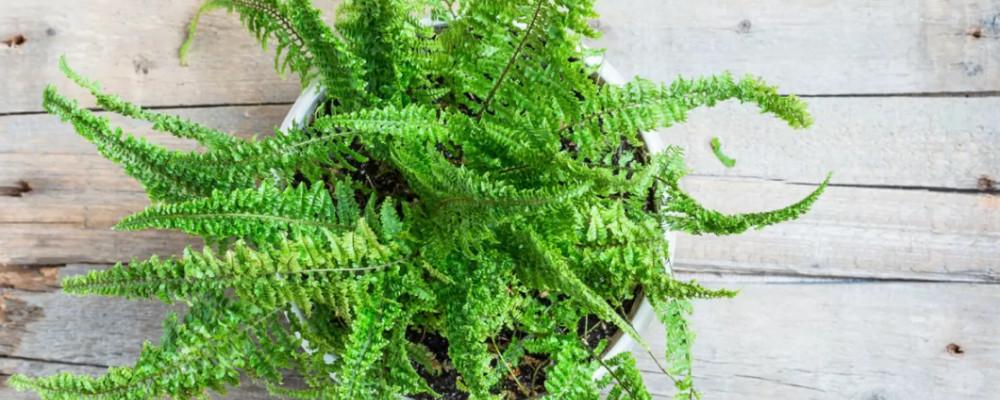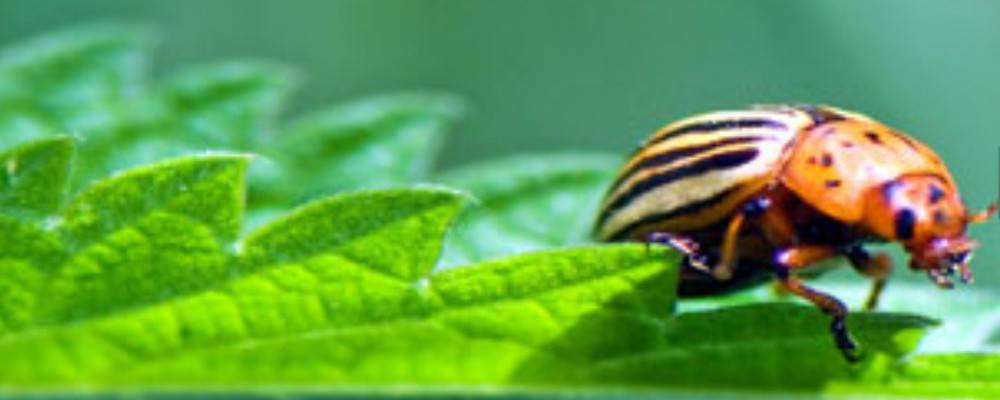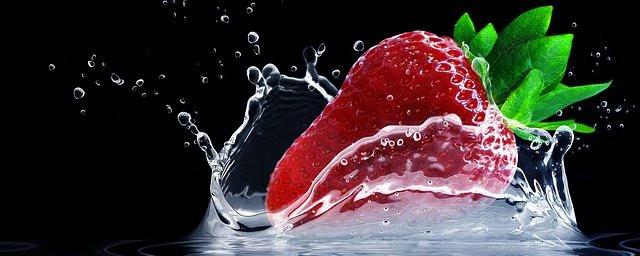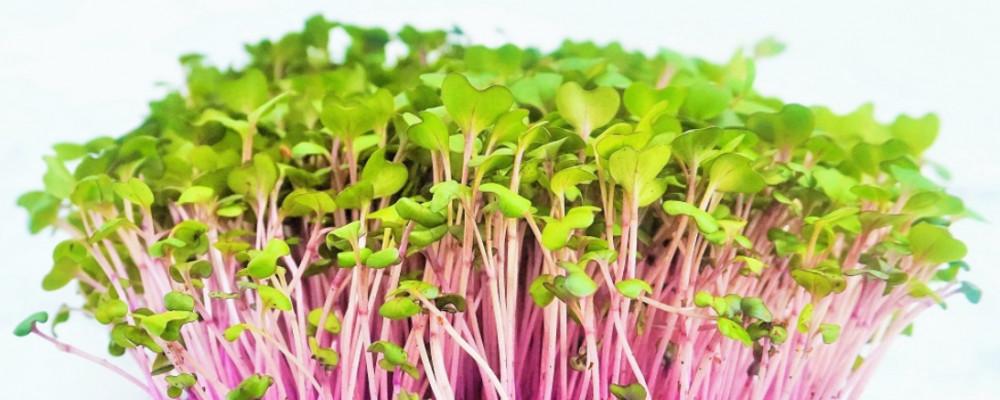
Hanging Plants.
Hanging plants draw the eye up and truly highlight the plant, giving a room or porch a unique look. Bringing the outdoors inside always helps the aesthetics of a home. And growing a plant in a hanging basket is the same as growing it in a grounded pot in the strictest sense.
However, before you grow your own hanging garden, keep in mind that there are some aspects to consider when caring for hanging plants that will safeguard your property and make the process easier.
Watering and Fertilizing.
Watering and fertilizing are the two most important aspects of a successful hanging garden. Hanging pots require more regular watering than in-ground plants because they have less soil and are exposed to drying wind on all sides. What is the most common reason for basket failure? Plants that had become wilted due to a lack of water.
Also, plants that are closer to the ceiling will get more ambient heat than plants that are closer to the ground, so you will need to adjust your watering schedule accordingly. Remember heat rises.
Think Big.
The first step in overcoming the water problem is to think bigger. Those cheap plastic hanging pots, which come in 8- or 10-inch sizes, dry out practically as soon as you turn your back. More soil volume equals slower dry-outs, so choose a basket that is at least 14 inches in diameter.
Pro-tip. Before planting, add a little amount of water-absorbing polymer crystals for plants to the container mix to help plants need less water. The gels will absorb and release water for several years before biodegrading spontaneously.
To refill the food source, more regular fertilizer is required because all of the watering quickly leaches nutrients from the soil.
Fertilizing.
The soil in a hanging basket container just cannot hold enough energy to support healthy plant growth for a whole season. By mid-season, even the most powerful soil in the largest baskets will be depleted.
The secret to properly feeding hanging baskets and container plants is to take it slowly and steadily. Fertilizer doses that are too sporadic or too weak will eventually run out of steam. The bloom sets will first deteriorate. The foliage will thereafter follow suit. You’re left with a sad, wiry plant before you realize it.
However, delivering too many nutrients too quickly can cause problems. Plants that receive too much will produce an abundance of leaves rather than additional blossoms.
The Best ways to Fertilize your Hanging Pots.
There are two ways to feed hanging baskets. You can use a liquid fertilizer or a slow-release granular fertilizer. However, a two-pronged approach of both works wonders for the best results.
Slow-release granular fertilizers function by slowly releasing nutrients in a little dose over time. You can keep the soil supplied with a good amount of basic energy by applying a slow-release granular fertilizer to the soil in your baskets once a month.
Liquid fertilizers complement granular slow-release fertilizers perfectly. The nutrients are absorbed rapidly and easily in liquid form. Not only through the soil’s roots, but also through the leaves and stems.
The nutrients are easily absorbed by the plants in liquid form, and they begin to nourish and assist the plant. It’s a process that granular fertilizers can’t compete with, which is why combining the two is so effective.
Protecting from leakage.
Water drainage is the most typical issue with hanging planters. Because water goes straight through the coconut fiber liners that perform so well outside, they are unsuitable for inside usage. If you don’t adjust the way your plants are potted, you’ll end up with wet flooring and damaged furniture. The following are the two best indoor basket options:
A pot within a pot: You can effortlessly switch out your hanging plants with this versatile and simple setup. The outer, decorative basket is totally sealed, with no drainage holes, and it is hung with chains or rope attached directly to the ceiling or fixture you want. You’ll be safe from spills on the floor or furnishings with this method. One downside is that reaching over the lip of the outside pot to water may be difficult, and it is a little heavier.
The attached tray: This is how most garden centers sell hanging baskets. A drip trap is included with a plastic basket. The wires or ropes are secured to the basket. While this is more lightweight and cost-effective, the issue is usually the drip tray’s size. There is really little space for error with such little trays. If you use too much water, you’ll wind up with filthy water dripping on your floors.
The Weight Problem.
Wet soil and plant material in a hanging basket or pot can be quite weighty. Make sure the framework can support the weight before hanging anything from the walls or ceiling.
Make sure hooks are firmly fixed in wall studs or ceiling joists and not just screwed into plaster or drywalls. If you already have hooks installed, test them before you hang anything.
Peat or Perlite?
The type of potting mix you use will also make a difference. The fundamental constituent in most packaged potting soils is peat, particularly decomposed sphagnum peat. Peat has good water-holding properties, although it is heavier.
If weight is an issue, add perlite to the peat mix to make it lighter. This will also increase drainage, necessitating more frequent watering and extra caution to avoid dripping from the plant.
Benefits of Hanging Gardens.
Hanging flower baskets are becoming increasingly popular as a way to add color to decks and porches without having to dig or weed. Ready-made baskets are a trendy choice for both young gardeners with little time to dig gardens and aging gardeners looking for an easy, ready-made pop of color.
They can go from garden center to inside home hook with little time and effort, making them a trendy choice both for young gardeners with little time to dig gardens and aging gardeners looking for an easy, ready-made pop of color.
Health Benefits.
Trees and plants create oxygen, purify the air, and enhance air quality, as we all know. There isn’t a single thing about it that I don’t like.
While I’m not sure how having more oxygen in my home directly benefits me, I do know that indoor plants can absorb toxins like benzene and formaldehyde, both of which are proven carcinogens.
My Top 5 Easy Hanging Plants.
1. The philodendron, a deep green, trailing vine that requires little tending to thrive, is a favorite of amateur gardeners. These plants look excellent hung higher up in the house: Your philodendron may grow up to 20 feet long with a few basic care steps.

2. Devil’s Ivy, commonly known as Jade Pothos, is another low-maintenance indoor plant. Pothos can be trained to grow along a trellis, window frame, or other pieces of furniture, and is frequently employed by interior designers to create a trailing look that complements the décor of a room.
With a bit of moderate light, your pothos can grow to be 40 feet long in no time, making it a plant that will last for years in your house.

3. The spider plant, Chlorophytum comosum, has to be the easiest trailing houseplant. It features lovely variegated foliage and tiny baby spider plants on curving stalks that appear to be dancing around the leaves.
It thrives in the shade, can withstand dryness, and is content with very little attention. You do not need to worry too much about frequent fertilizing but watering occasionally is recommended.

4. Boston Fern. The Boston fern (Nephrolepis exaltata) lends instant lushness to indoor areas with its airy, draped leaves. Remember that this fern prefers humidity, so spray it with water every day to protect the leaves from drying up, especially in the winter.

5. Maidenhair Fern is a type of fern. Maidenhair fern is a lovely hanging plant with gracefully arching tendrils of fluffy, delicate-looking fronds.
However, this fern can be sensitive to dry indoor situations, so be mindful of your watering practices. Using a humidifier or spraying the leaves on a daily basis will help to keep the humidity levels up.

Final thoughts.
I hope you have found this informative and inspires you to create your own indoor hanging garden. The more plants we grow the better this world will be, so join me in growing as many plants as we can.
My name is Stephen and I am an avid gardener who loves sharing his experiences and thoughts about gardening.




